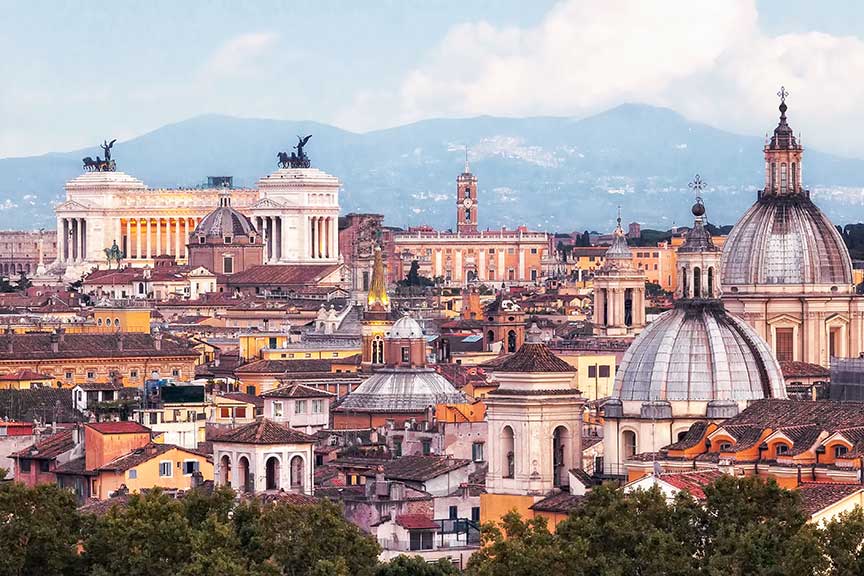1957 Rome Treaty- Common Market Created
On March 25th 1957 the Rome Treaty was signed by France, West Germany, Italy, Belgium, the Netherlands and Luxembourg. The treaty established the European Economic Community, otherwise known as the Common Market. The treaty evolved from the Treaty of Paris that established the European Coal and Steel Community.
The Treaty of Rome, signed on March 25, 1957, laid the foundation for the European Economic Community (EEC), which eventually evolved into the present-day European Union (EU). The treaty was signed by six European countries—Belgium, France, Italy, Luxembourg, the Netherlands, and West Germany—collectively known as the "Inner Six." The Treaty of Rome sought to create a common market among these countries, promoting economic integration, cooperation, and growth in the post-World War II era.
Following World War II, European countries were eager to find ways to ensure peace, stability, and economic recovery in the region. The idea of a united Europe had been discussed for centuries, but the devastation wrought by the war provided a renewed impetus for cooperation. The first steps towards European integration were taken in the early 1950s with the establishment of the European Coal and Steel Community (ECSC) in 1951, which aimed to pool resources and create a common market for coal and steel among its member countries.
Building on the success of the ECSC, the six countries involved decided to further their collaboration by broadening the scope of economic integration. This led to the drafting and signing of the Treaty of Rome in 1957. The primary goal of the treaty was to create a common market among member states, allowing for the free movement of goods, services, capital, and labor. To achieve this, the treaty called for the gradual elimination of tariffs, quotas, and other trade barriers, as well as the establishment of common policies in various economic sectors, such as agriculture, transportation, and competition.
The Treaty of Rome also established several key institutions that would play a crucial role in the governance of the EEC and, later, the EU. These institutions included the European Commission, the European Parliament, the Council of Ministers, and the European Court of Justice.
- The European Commission, based in Brussels, was responsible for proposing new legislation, implementing decisions, and ensuring that member states complied with EEC rules and regulations.
- The European Parliament, initially composed of representatives appointed by national parliaments, was tasked with debating and passing legislation proposed by the Commission. In 1979, the first direct elections to the European Parliament were held, allowing citizens to vote for their representatives.
- The Council of Ministers, composed of government ministers from each member state, was responsible for coordinating policies and making decisions on behalf of the EEC.
- The European Court of Justice, based in Luxembourg, was charged with interpreting and enforcing EEC law, as well as ensuring that member states complied with their treaty obligations.
 >
>